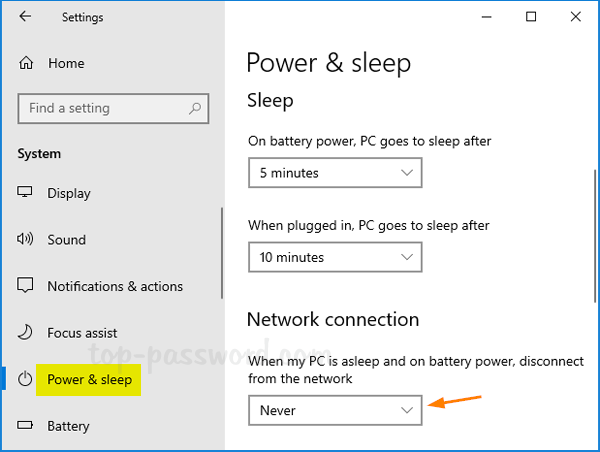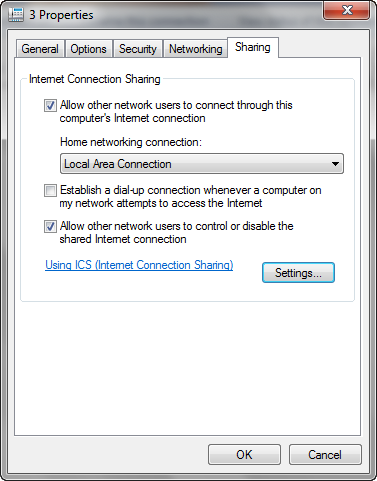

The best way to measure packet loss using ping is to send a large number of pings to the destination and look for failed responses. Ping works by sending special packets to the destination given and then watching to see if the node at the far end responds correctly.


Packet loss can occur anywhere along the path between your computer and the destination with which you are trying to communicate. UDP underlies most streaming media, and missed packets are visible or audible as video or audio glitches. Other protocols, like User Datagram Protocol ( UDP), do not retransmit packets. The resulting small hiccups in performance are not visible to end users for many applications. TCP underlies things like web browsing and email. Some protocols, like TCP/IP, retransmit dropped packets. Other causes include equipment failure, equipment degradation and transmission errors due to interference, especially with wireless connections. Intentionally dropped packets are the No. One standard way to deal with such congestion is to drop packets - just throw them away - to focus capacity on the rest of the traffic. Sometimes, a router, switch, firewall or other system in the internet has more traffic coming at it than it can handle. It is quite literal: A packet sent was lost before it reached its intended destination. Problems with real-time media across the internet are often the result of packet loss, rather than connection speed, per se.


 0 kommentar(er)
0 kommentar(er)
